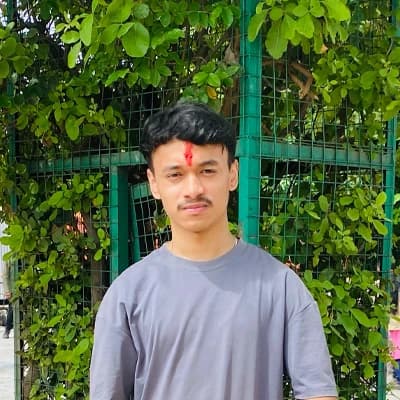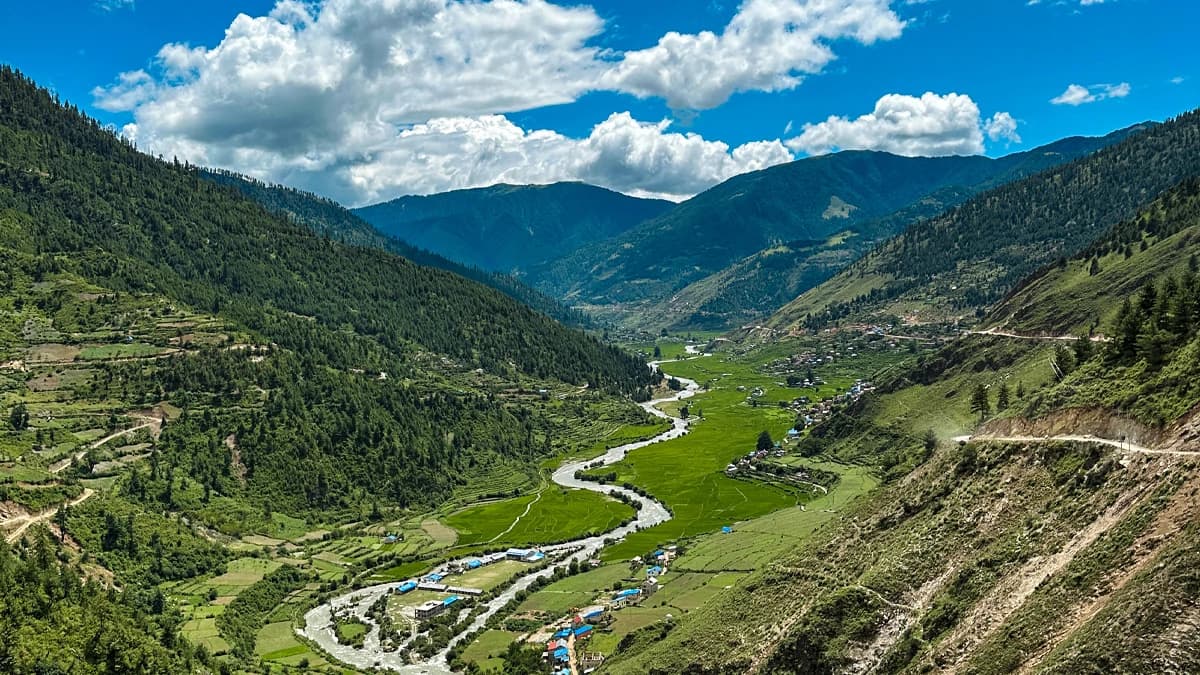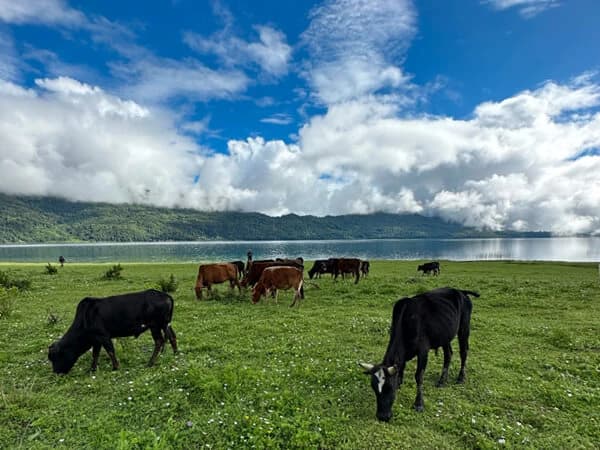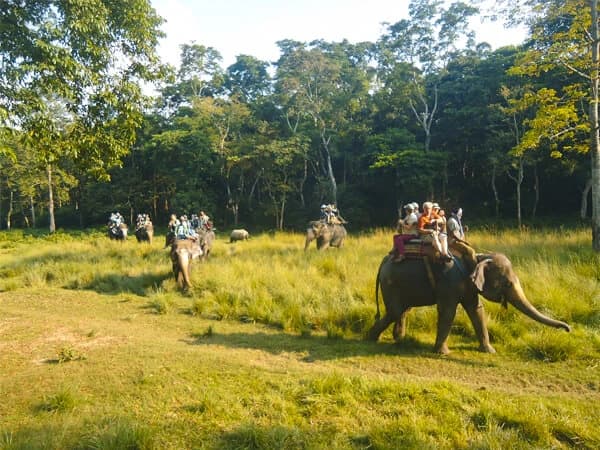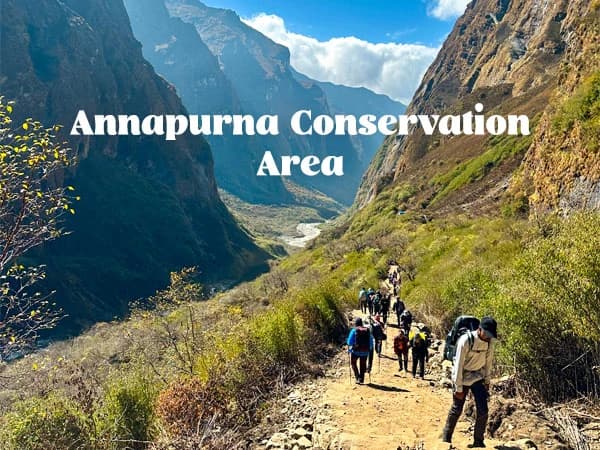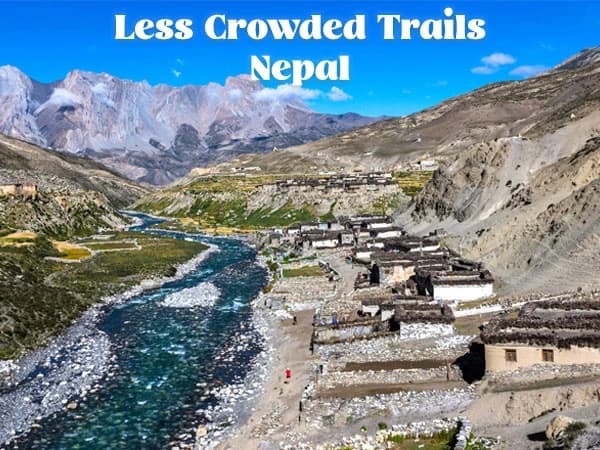Step into Sinja Valley—Nepal’s ancient heartland where the Nepali language was first scripted, and rich Karnali culture continues to thrive among hidden ruins.
Sinja Valley Travel Guide – Explore the Cradle of Nepali Language and Karnali Civilization
Nepal's Sinja Valley
Sinja Valley lies in Jumla District, Nepal. It is culturally and linguistically very vital. This valley showcases the vibrant heritage of Karnali culture. It also marks the origin of the Nepali language.
Sinja Valley provides tourists with a unique opportunity to observe the real history of Nepal. The valley is home to archaeological wonders, traditional rituals, and ancient scripts carved into cliffs, all of which provide insight into the powerful Khasa Kingdom that ruled from the 12th to 14th century.
This travel guide is designed for those who wish to discover the secrets of Sinja Valley:
- History enthusiasts looking to visit ancient palaces and temples
- Language lovers intrigued by the origins of written Nepali
- Cultural explorers interested in traditional shamanic rituals
- Adventure seekers eager to trek through historically significant landscapes
Learn how this UNESCO World Heritage Tentative List site preserves Nepal's linguistic roots and cultural heritage through its stone temples, Buddhist shrines, and archaeological wonders. Take a trip back in time to see the earliest traces of Nepali civilization at Sinja Valley.
🔗 Explore the Rara Lake, Sinja Valley and Bardiya Wildlife Safari Tour

Historical Significance of Sinja Valley
Sinja Valley, nestled in Nepal's Karnali Province, stands as an important site highlighting the nation's early historical roots. It was the center of the Khasa Kingdom from the 12th to 14th century, a time when Nepal experienced great cultural development.
The origin of the Nepali language
Sinja Valley is not only significant politically. It is also thought to have been where the Nepali language began, as evidence from ancient stone inscriptions and documents discovered there suggests. These 13th century inscriptions are the earliest known written records of Nepali that exist.
Indications of a Highly Civilized Society
The Sinja Valley archaeological remains provide evidence of a civilized community:
- A widespread water distribution system made of underground clay pipes.
- Massive single-piece stone pillars, encircling ancient settlements.
- Buddhist caves with elaborate prayer halls and sacred scriptures.
- The ruins of a palace have elaborate decorations.
These results indicate that the Karnali civilization flourished here and left a permanent mark on culture and technology.
"The discovery of ancient Buddhist shrines across the Hima River demonstrates the religious diversity and architectural prowess of the Khasa Kingdom" - Cambridge University Archaeological Survey
The Impact of Sinja Valley
The twenty-two smaller regions were controlled by this kingdom until Nepal became unified in the 18th century. This made Sinja Valley significant as the beginning of Nepali civilization.
Cultural Heritage in Sinja Valley
Sinja Valley has a rich cultural heritage that was inscribed on UNESCO's World Heritage Tentative List in 2008. This is due to the fact that the valley has retained its significant living traditions and holy sites that still impact local communities.
Spiritual Landscape: The Significance of Dewals
The religious grounds in the valley are centered on ancient temples made of stone known as Dewals. These sacred structures are where people gather for religious ceremonies as well as other community gatherings. Constructed with unique designs, the Dewals possess:
- Intricate carvings of gods in stone.
- Conventional layered roofing systems.
- Sacred open spaces for ceremonies.
Masto Shamans: Guardians of the Traditional Healers' Traditions
Masto shamans play an integral role in maintaining religious spirit in Sinja Valley. The masto shamans are healers educated by generations that have gone before them.
- Rituals that assist with health and spiritual issues.
- Seasonal rites were very significant.
- Good luck with key community events.
- At community events, people perform sacred dances.
The shamanistic traditions incorporate Hindu and animistic ones to create a distinctive cultural identity for the Karnali area. In grand ceremonies, Masto shamans become trance-like and sing ancient mantras that have been passed down generation to generation. The ceremonies incorporate local musical instruments, healing herbs, and other ritual materials, preserving stories that pre-date written history.
Giving Back to Society: Preserving Ethnic Heritage
Dewals bring people together and are rich in history and tradition. Dewals remain sites for religious practice with a great deal of ceremonies that recognize annual sky events as well as farming cycles.
A stroll in Sinja Valley and discovering old locations
Sinja valley possesses rugged land and ancient trails that are excellent for hiking. The trails pass through old villages and sacred sites. The major trail is Jumla Bazar to Sinja center and is accomplished in 2-3 days.
Most favored routes:
- Jumla Bazaar → Gothichaur → Sinja Valley
- A scenic route connecting Sinja Valley with Rara Lake.
- Heritage Trail connects ancient temples.
There are places along these trails where individuals may pause to observe where there is history.
- These concealed clay pipes and stone spouts reveal clever engineering from the time of Khasa.
- Buddhist Meditation Caves: Rock-carved chambers with preserved wall paintings.
- Stone Column Circle: Large stone pillars indicating the boundaries of the ancient village.
Local guides narrate the history of the valley as they take foreign visitors through isolated villages where remnants of the old Jumpa tradition still exist. The villages preserve early building styles with houses made of wood with intricate carvings and unique sloping roofs.
Best Seasons for Hiking:
- March to May: Clear blue sky spring weather.
- September to November brings clear skies and calm weather after the monsoon season.
- The winters are difficult, yet they have unique cultural experiences with festivals.
The routes are gentle on beginners and intermediate trekkers with tea houses and resting areas along major trails.

Tracing Nepali Language Roots in the Stones and Scripts of Sinja Valley
Sinja Valley's rough cliffs preserve part of the history of Nepal's languages. The walls made of stone have the earliest instances of written Nepali, dating back to the 13th century. These early writing tell us how the language of Nepali began and expanded.
Understanding Early Nepali Writing Systems
The Devanagari script used in these cliff inscriptions reveals interesting aspects about how people wrote in Nepali long ago. The archaeologists have discovered some key characteristics:
- The earliest forms of Devanagari writing are illustrated by old stone carvings.
- Religious text is inscribed on cliff rocks in basic letters.
- Ancient documents on king's decrees and local rulers.
Developing Today's Nepali Language
The script development in Sinja Valley played a critical role in shaping the modern-day Nepali language. The valley's writings reveal:
- The northern part of Pratihara's domain.
- Evolution of writing rules and writing styles.
- Converting spoken local languages into written forms.
Discovering the Secrets of the Khasa Kingdom
These ancient texts and inscriptions offer vital information about the daily life, religious beliefs, and political systems of the Khasa Kingdom. Linguists and researchers continue to explore these artifacts to understand how the national language of Nepal evolved.
The stone walls scattered across Sinja Valley are like open books. Every character etched in stone tells a story—of language, cultural exchange, and the beginnings of script in this region.
Discovering Karnali Civilization: In Search of Old Houses in Sinja Valley
Excavations in Sinja Valley have unveiled impressive remains of the ancient Karnali civilization. A collaborative effort between the Department of Archaeology in Nepal and Cambridge University led to the discovery of palace foundations and temple ruins featuring remarkable architecture.
One of the most fascinating finds was a concealed water distribution system—mud pipes engineered to supply water throughout the settlement. This innovation reflects the advanced understanding of infrastructure and urban planning in the ancient capital.
Key Archaeological Discoveries:
- Remnants of royal palace complexes.
- Religious monuments with finely carved stonework.
- Old tools and household utensils.
- Ritual artifacts indicating complex spiritual practices.
A prominent feature of the site is a circle of large stone columns that likely served ceremonial or defensive purposes. These remains speak to the valley’s importance during the peak of the Khasa Kingdom.
The valley displays Buddhist and Hindu architectural influences, showing the coexistence and blending of multiple faiths during its golden era. As excavations continue, new discoveries continue to reveal a highly developed and organized society.
Conclusion
Sinja Valley is a living museum that showcases Nepal’s cultural and linguistic roots. It’s a place where visitors can witness the birthplace of the Nepali language, explore ancient shrines, and walk among the ruins of a powerful kingdom.
A Trip to Sinja Valley Offers:
- Immersive encounters with authentic Nepali traditions, including Masto shaman rituals.
- Reading centuries-old inscriptions carved into the valley’s cliff faces.
- Exploring ruins and relics unearthed by Cambridge University archaeologists.
- Understanding the origin of Nepal’s national language.
- Trekking through backcountry trails rich in cultural heritage.
Recognized by UNESCO for its cultural value, Sinja Valley is more than a historical site—it’s a gateway to understanding Nepal’s deep past and living traditions.
✨ Plan your journey to Sinja Valley—where every stone speaks, and history lives on.


